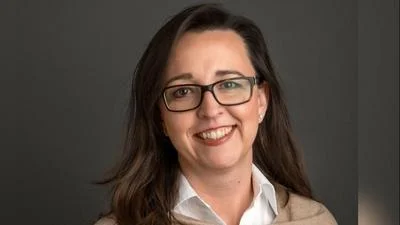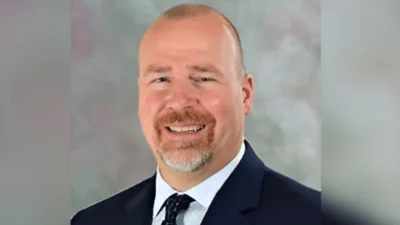Patrick McIlheran Director of Policy | badgerinstitute.org
Patrick McIlheran Director of Policy | badgerinstitute.org
State Sen. Jeff Smith, an Eau Claire-area Democrat and his party’s assistant leader in the upper chamber, recently expressed his views on Wisconsin's parental choice programs in the Cap Times. In his commentary, he stated: “It’s wrong to pump money into a broken system, especially into a failed voucher school program.”
Such criticisms of school choice are not uncommon in Wisconsin. Despite serving more children than the state's largest school district, parental choice programs continue to face opposition from some quarters. Critics often argue that these programs undermine public education by diverting funds.
Senator Smith's assertion that the program is "failed" contrasts with enrollment data showing significant growth over the past decade. Enrollment in Wisconsin's parental school choice options has increased by 86% in ten years, while overall K-12 enrollment has decreased by about 4%. Currently, approximately 6% of Wisconsin’s students use the private-school parental choice program. Including charter schools independent of any district raises this figure to about 7.6%.
Despite this growth, over 90% of Wisconsin students still attend traditional district-run schools. This disparity makes it perplexing why some view school choice as a threat.
In Madison specifically, where school choice was introduced later than in Milwaukee, six private schools participated in the program last year, enrolling 655 students compared to Madison Metropolitan School District's roughly 25,000 students.
The potential for further growth exists as more Madison schools have been approved to join the program this fall. This expansion may offer alternatives for families dissatisfied with current public school performance metrics; only 41% of Madison public school students read at grade level or better compared to Abundant Life Christian School's 73%.
When families opt for these independent schools under the voucher system, state aid follows them—$10,237 per student or $12,731 for high schoolers—representing all taxpayer contributions. By contrast, Madison Metropolitan School District spent $17,944 per child according to recent figures.
The district faces financial challenges and may request an additional $600 million from voters in November due to budgetary constraints exacerbated by reliance on temporary pandemic aid for ongoing expenses.
Patrick McIlheran is Director of Policy at the Badger Institute.
Permission to reprint is granted provided proper citation of author and institute.
---






 Alerts Sign-up
Alerts Sign-up